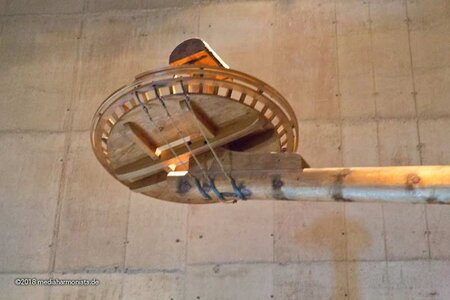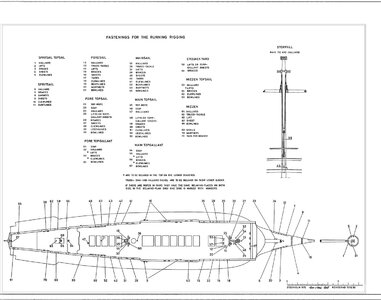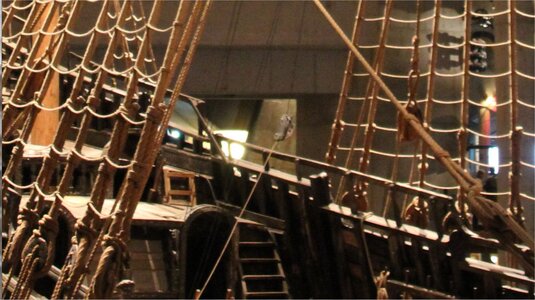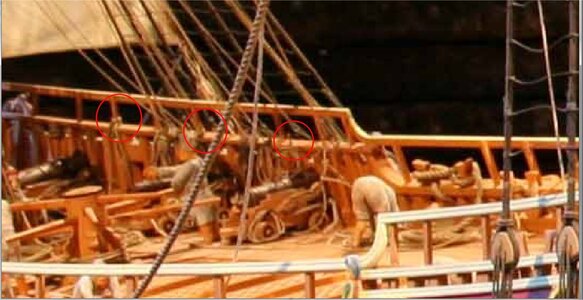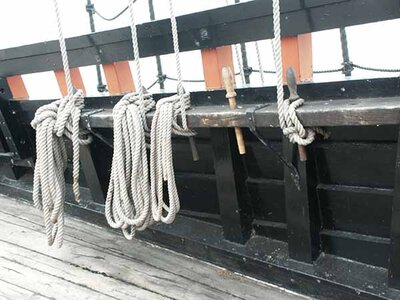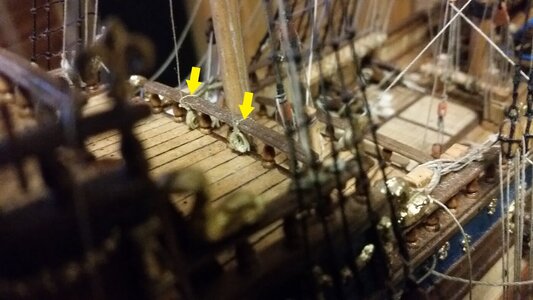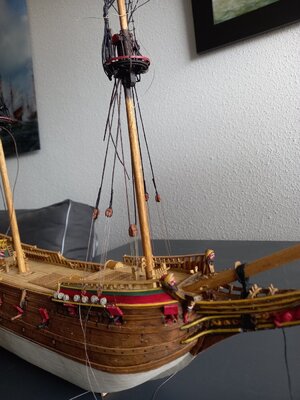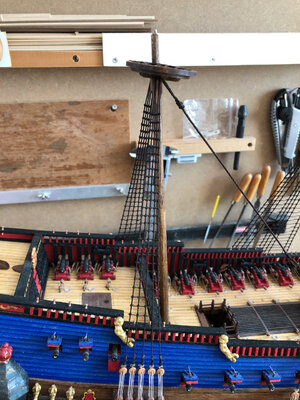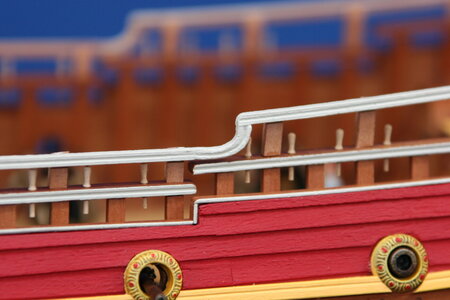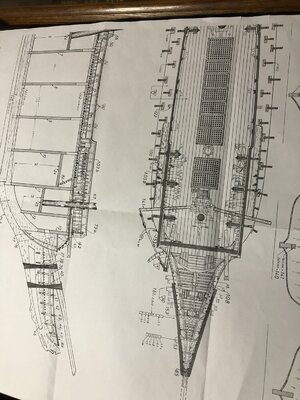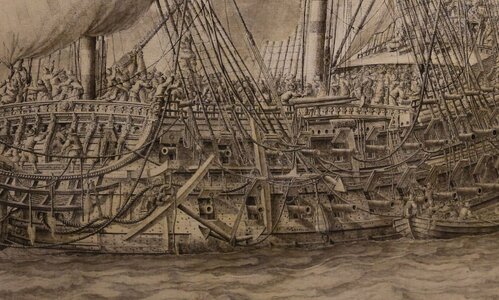Gentlemen, if this build log helps future builders it will have served its highest purpose. I welcome the discussion. From the perspective of a novice I can tell you that I sense that much of what we think we know about early ship building we, in fact, do not know. The raising of the Wasa (and I’ll include the early 16th century Mary Rose in here as well) has challenged some of what were thought to be naval architecture
conventions. I can’t help but wonder how much is correct on modern reconstructions and how much is just the application of more ‘modern’ methods to ancient vessels.
As for me, the holes are drilled so pins in the lower rails it will be. It may be wrong but I’m in good company

.
Plus, I found these close-to-scale pear pins that I think look really good. I own scores of them because I fully intend to break them by the dozen during rigging.
View attachment 260650
